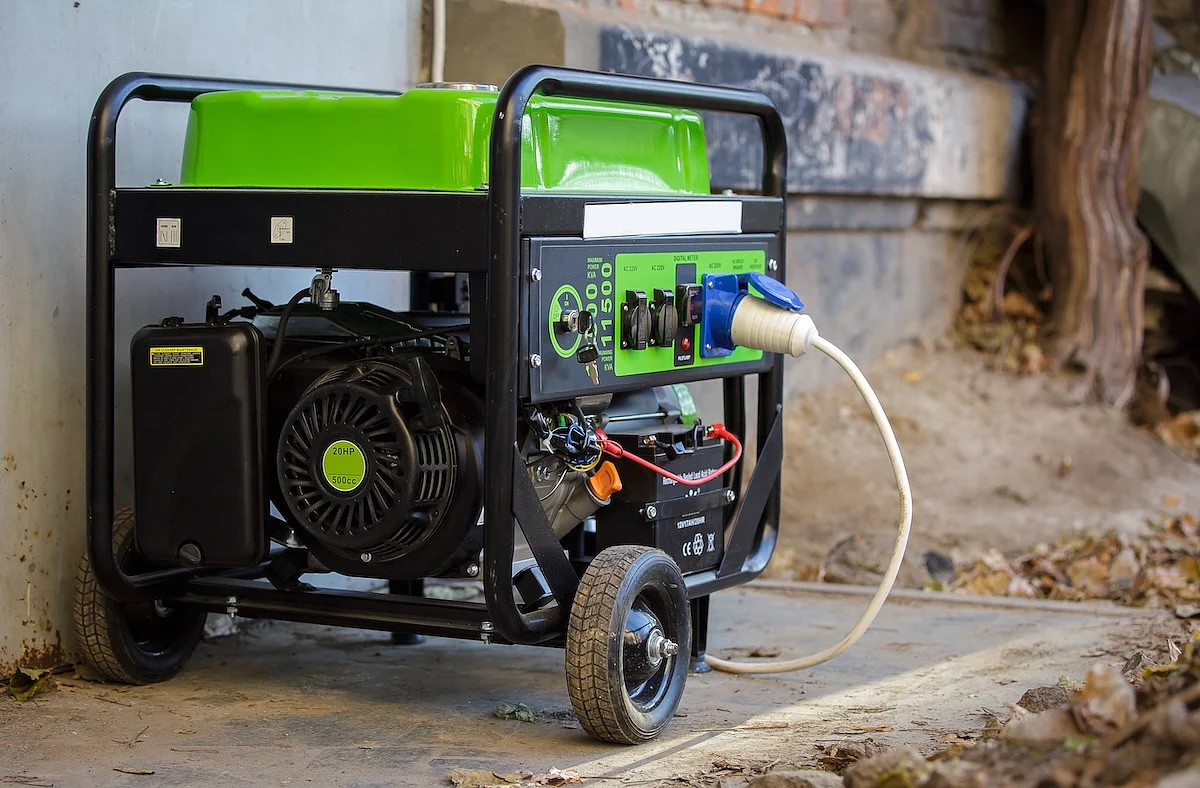Blackouts Boost Carbon Monoxide Poisoning Risk Among Young Kids
MONDAY, May 5, 2025 — Power outages greatly increase a young child’s chances of carbon monoxide poisoning due to improper use of gasoline-powered generators, a new study says.
Children younger than 5 had a more than 50% increased risk of carbon monoxide poisoning during small-scale power outages affecting at least 1% of a community, researchers reported today in the journal Pediatrics.
Larger-scale outages affecting at least 20% of homes increased kids’ risk of carbon monoxide poisoning by more than 150%, researchers found.
“Power outages should be regarded as an important carbon monoxide poisoning risk factor,” concluded the research team led by Dr. Alexander Northrop, a resident with the Children’s Hospital of Philadelphia.
For the study, researchers tracked power outages in New York state between 2017 and 2020, comparing them to emergency room visits for children younger than 18.
There were 917 cases of carbon monoxide poisoning among children during that period, most commonly among children 5 and younger.
Carbon monoxide is a colorless, odorless gas produced by combustion. It can cause death in severe cases, with headache and nausea among early warning signs of exposure, researchers said.
Children are more vulnerable to carbon monoxide because they breathe faster and have higher metabolisms than adults, researchers noted.
Results show that carbon monoxide poisonings among children did spike during power outages.
In fact, just four hours without power increased the odds of a child experiencing carbon monoxide poisoning, researchers said.
The incidence of fatal carbon monoxide poisoning from generator use increased nearly fivefold from 2000 to 2018, researchers said in background notes.
Doctors might be able to help by instructing parents on safe generator use, particularly during seasons where heating or cooling is important, researchers said.
“Patient education, including safe use of generators and disaster plans during outages, could be discussed during well-child visits,” researchers wrote. “Increased use of carbon monoxide monitors may also be considered to identify harmful levels of indoor CO during outages.”
The American Red Cross says that for safety’s sake, people should never operate a generator, grill, camp stove or other combustion device inside an enclosed area like a home, garage or basement. Opening doors and windows or using fans will not prevent carbon monoxide buildup.
These devices should be operated outdoors only, away from any doors or windows that could allow the gas to seep inside a home, the Red Cross says. CO alarms should be installed to detect the gas.
Sources
- American Academy of Pediatrics, news release, May 5, 2025
Disclaimer: Statistical data in medical articles provide general trends and do not pertain to individuals. Individual factors can vary greatly. Always seek personalized medical advice for individual healthcare decisions.
© 2025 HealthDay. All rights reserved.
Read this next
Household Items Tied to Sharp Increase in Self-Harm Cases in Teens
WEDNESDAY, Sept. 10, 2025 — Cases of self-harm involving 6- to 12-year-olds have risen sharply, and researchers warn that common household products are often...
Ultrasound Helmet Provides Surgery-Free Brain Stimulation
WEDNESDAY, Sept. 10, 2025 — Deep brain stimulation has shown promise in treating conditions ranging from epilepsy and Parkinson’s disease to cluster headaches...
Wireless Ultrasound: A Potential Revolution In Assessing On-Field Sports Injuries?
WEDNESDAY, Sept. 10, 2025 — The collegiate sports season is upon us, and with it the inevitable bruises, sprains and strains that come from tough competition. Portable...
More news resources
- FDA Medwatch Drug Alerts
- Daily MedNews
- News for Health Professionals
- New Drug Approvals
- New Drug Applications
- Drug Shortages
- Clinical Trial Results
- Generic Drug Approvals
Subscribe to our newsletter
Whatever your topic of interest, subscribe to our newsletters to get the best of Drugs.com in your inbox.


